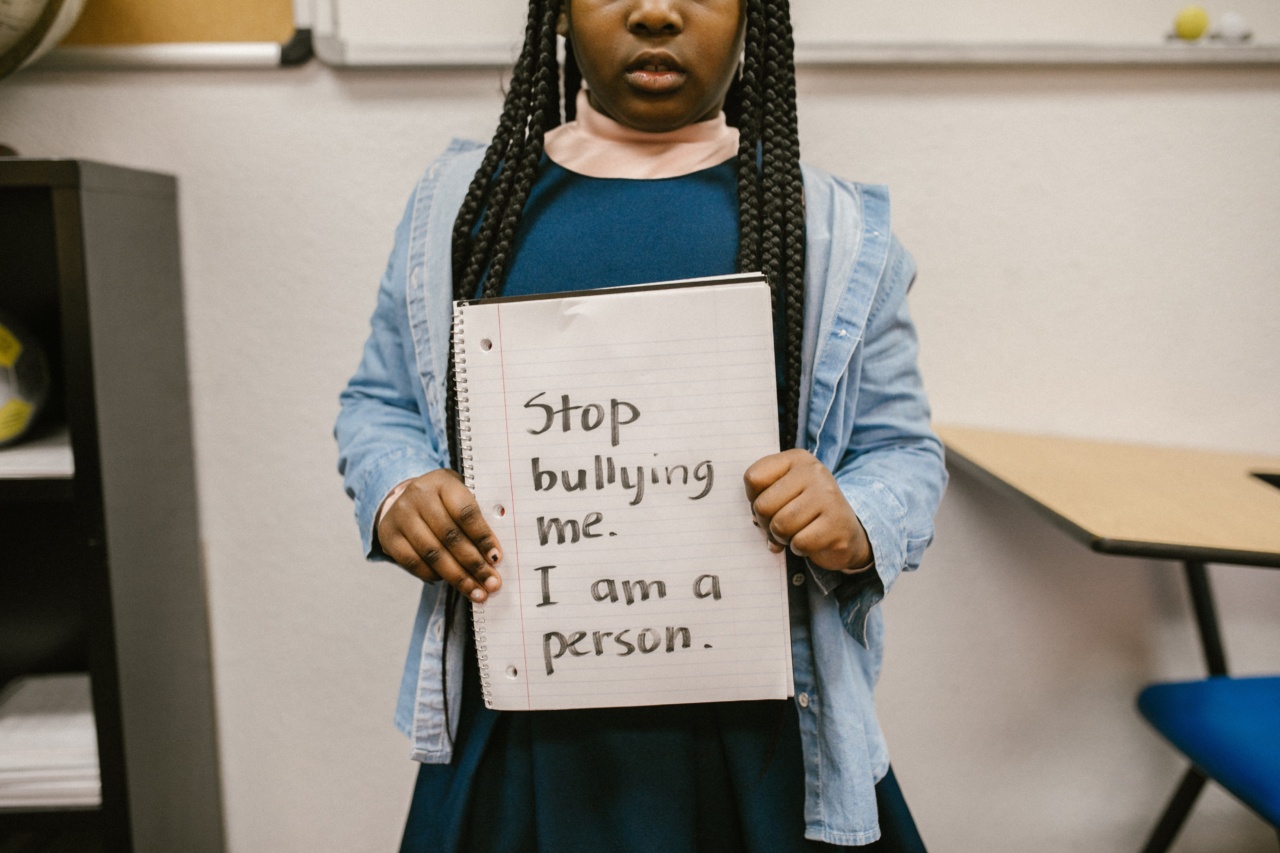Bullying is a prevalent issue in schools worldwide, with a significant impact on the mental health of the victims involved.
This article aims to address the mental health impacts of school bullying and shed light on the importance of recognizing and addressing these effects. By understanding the psychological consequences of bullying, educators, parents, and policymakers can come together to create a safe and supportive environment that fosters positive mental health among students.
Types of Bullying
Bullying can manifest in various forms, including verbal, physical, social, and cyberbullying. Verbal bullying involves the use of words or taunts to demean and humiliate the victim.
Physical bullying refers to the use of physical force, such as hitting or tripping, to harm the victim. Social bullying occurs when individuals are excluded, ignored, or ridiculed by their peers. Lastly, cyberbullying entails the use of electronic communication platforms to spread hurtful messages or invade someone’s privacy.
Mental Health Impacts of Bullying
Victims of school bullying often experience a range of negative mental health effects. These impacts can be both short-term and long-term, affecting the individual’s well-being throughout their lives.
Some common mental health consequences of bullying include:.
1. Anxiety and Depression
Bullying creates a persistent sense of fear, insecurity, and powerlessness in victims, leading to the development of anxiety and depression.
The constant threat of being targeted can significantly impact a student’s mental well-being and academic performance.
2. Low Self-Esteem
Bullied individuals often suffer from low self-esteem, feeling unworthy, and doubting their abilities. They may internalize the negative messages and beliefs imposed on them by bullies, leading to a diminished sense of self-worth.
3. Social Isolation
Bullying can result in social isolation, as victims may find it challenging to trust and connect with others due to their negative experiences.
They may withdraw from social activities and struggle to form meaningful relationships, further exacerbating feelings of loneliness and isolation.
4. Post-Traumatic Stress Disorder (PTSD)
In severe cases, victims of bullying may develop post-traumatic stress disorder (PTSD). They may experience recurring nightmares, flashbacks, and intense anxiety triggered by reminders of the bullying incidents.
PTSD can significantly impair their daily functioning and overall quality of life.
5. Academic Challenges
Bullying can have a detrimental impact on a student’s academic performance. Constant fear and anxiety make it difficult for victims to concentrate, participate in class, and perform well on assignments and exams.
Consequently, their educational outcomes may suffer.
6. Increased Risk of Substance Abuse
Bullying victims may turn to substance abuse as a coping mechanism for their emotional pain. They may resort to drugs, alcohol, or other addictive substances to temporarily escape their distressing reality.
7. Self-Harm and Suicidal Ideation
Extreme cases of bullying can lead to self-harm and suicidal ideation, as victims may perceive suicide as their only means of escape from the relentless torment they face.
It is crucial to identify warning signs and provide immediate support to individuals exhibiting these behaviors.
8. Long-Term Psychological Effects
The psychological effects of bullying can extend well into adulthood if not properly addressed.
Adults who were bullied during their formative years may continue to struggle with mental health issues, impacting their relationships, career prospects, and overall well-being.
Addressing the Mental Health Impacts
Efforts to address the mental health impacts of school bullying should involve collaboration between schools, parents, mental health professionals, and policymakers. Here are some strategies that can be implemented:.
1. Education and Awareness
Schools should provide comprehensive education to students, parents, and teachers about bullying, its consequences, and ways to prevent it.
Raising awareness and fostering empathy can help create a supportive school environment that values kindness and respect.
2. Effective Reporting Systems
Schools must establish clear and accessible reporting systems for bullying incidents. Students should feel safe and confident in reporting incidents, knowing that their concerns will be addressed promptly and appropriately.
3. Counseling Services
Provision of counseling services within schools is essential to support students who have been affected by bullying. Trained professionals can help victims cope with the emotional trauma, build resilience, and develop effective coping strategies.
4. Peer Support Programs
Implementing peer support programs, such as mentoring or buddy systems, can create a supportive network for bullied students. Peer mentors can offer guidance, friendship, and an empathetic ear, helping victims feel less isolated.
5. Inclusion and Diversity Programs
Schools should promote inclusion and celebrate diversity through various programs. By fostering an inclusive community where differences are respected and celebrated, the likelihood of bullying decreases.
6. Collaboration with Parents
Open communication and collaboration with parents are vital in addressing the mental health impacts of bullying. Parents should be informed about incidents, involved in prevention strategies, and provided with resources to support their children.
7. Mental Health Policies
Policymakers should advocate for the development and implementation of mental health policies that address the impacts of bullying.
This includes allocating resources for mental health services, training teachers, and incorporating mental health education into the curriculum.
8. Long-Term Support
Bullying victims require long-term support even after immediate interventions. Ongoing monitoring, counseling services, and a safe space to share their experiences and emotions can aid in their healing process.
Conclusion
School bullying has severe mental health impacts on its victims, affecting their well-being both in the short and long term. Recognizing and addressing these impacts requires a collective effort from educators, parents, and policymakers.
By implementing effective strategies, promoting awareness, and providing support services, we can create nurturing school environments that prioritize the mental health and overall development of every student.





























